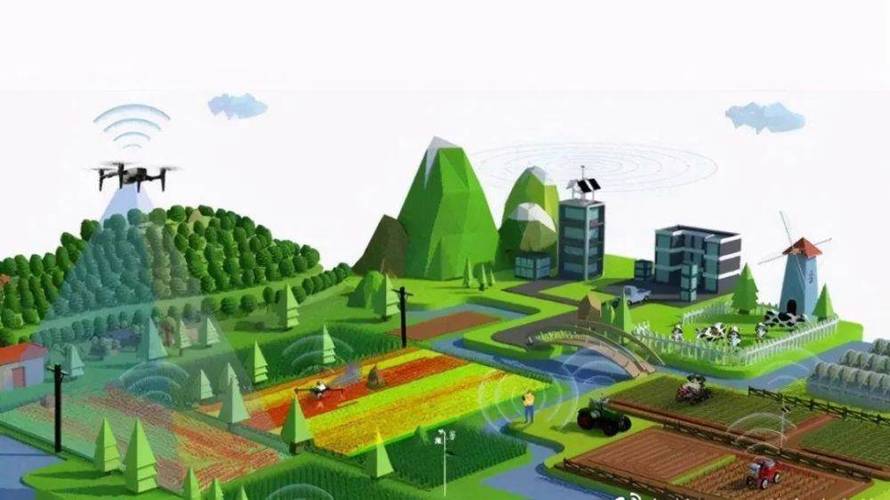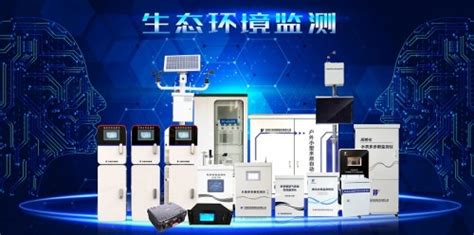哈尔滨科技馆怎么预约门票
Title: Designing Harbin Science Museum: Fostering Innovation and Exploration
Introduction
The design of the Harbin Science Museum presents a unique opportunity to create a space that not only showcases scientific achievements but also fosters curiosity, learning, and innovation. In this comprehensive plan, we will explore various aspects of the museum's design, including architectural elements, interactive exhibits, sustainable features, and educational programs.
Architectural Design
Conceptual Framework
The architectural design should embody the spirit of innovation and discovery. A futuristic aesthetic combined with elements inspired by natural phenomena can create an immersive experience for visitors.
Spatial Layout
The museum should be organized into distinct zones representing different scientific disciplines. Fluidity in design encourages exploration and facilitates seamless transitions between exhibits.
Iconic Features
Incorporating iconic features like a planetarium, interactive installations, and outdoor science park adds to the allure of the museum, making it a landmark destination.
Interactive Exhibits
HandsOn Learning
Interactive exhibits should allow visitors to engage directly with scientific concepts through experimentation and play. Incorporating digital technologies such as augmented reality can enhance the interactive experience.
Multisensory Experiences
Appealing to multiple senses—sight, sound, touch, and even smell—creates a more immersive and memorable learning environment, fostering deeper engagement with the exhibits.
RealWorld Applications
Highlighting realworld applications of scientific principles demonstrates their relevance to everyday life and inspires visitors to pursue further exploration and innovation.

Sustainable Features
Green Building Design
Implementing green building practices such as energyefficient systems, natural lighting, and green roofs reduces the museum's environmental footprint and sets an example for sustainable design.
Renewable Energy Integration
Incorporating renewable energy sources like solar panels and wind turbines not only reduces operating costs but also reinforces the museum's commitment to sustainability.
Environmental Education
Interactive exhibits focusing on environmental conservation and sustainable living educate visitors about pressing environmental issues and empower them to take positive actions in their communities.
Educational Programs
STEM Outreach
Partnering with schools and educational institutions to develop STEMfocused programs and workshops encourages the next generation of scientists, engineers, and innovators.
Lifelong Learning
Offering educational programs for learners of all ages, including adults and seniors, ensures that the museum remains a hub for lifelong learning and intellectual enrichment.
Community Engagement
Engaging with the local community through outreach events, lectures, and citizen science projects fosters a sense of ownership and pride in the museum, transforming it into a cultural hub for Harbin.
Conclusion
The design of the Harbin Science Museum should aspire to be more than just a showcase of scientific achievements—it should be a catalyst for curiosity, learning, and innovation. By integrating architectural innovation, interactive exhibits, sustainable features, and educational programs, the museum can inspire visitors of all ages to explore the wonders of science and shape a brighter future for generations to come.
This HTML document outlines a comprehensive plan for the design of the Harbin Science Museum, encompassing architectural design, interactive exhibits, sustainable features, and educational programs.
版权声明
本文仅代表作者观点,不代表百度立场。
本文系作者授权百度百家发表,未经许可,不得转载。












评论